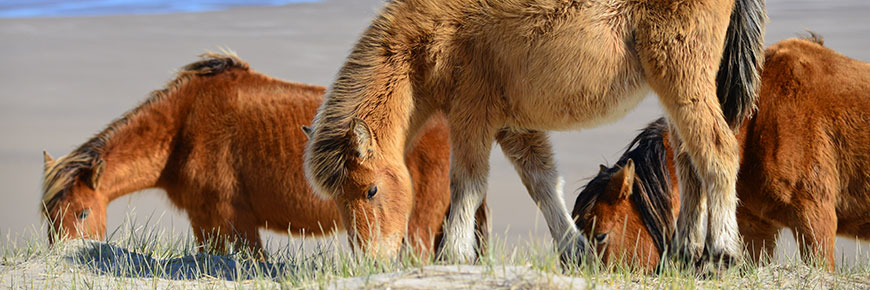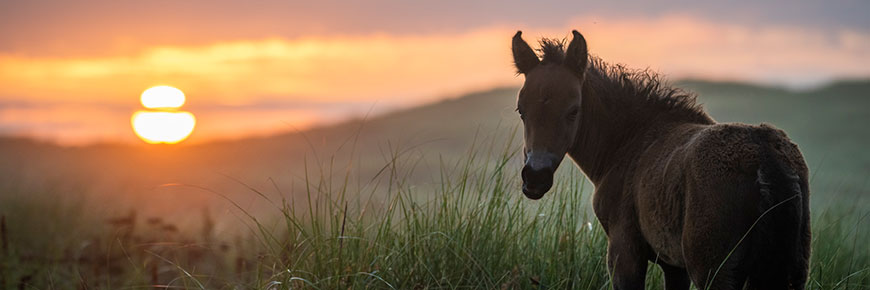
Animals
Sable Island National Park Reserve
The forces of nature dominate all life on Sable Island. Learn more about the plants and animals such as horses, grey seals, birds, fish, and invertebrates that live in this unique environment.
Horses
Sable Island is well-known for its population of wild horses.
Since the 16th century, many domestic animals, including horses, cattle, goats, and rabbits, have been released on the island. The ecology of the island prior to such introductions is largely unknown.
Horses
Currently, the only introduced mammal on the island is the feral horse. The horses are believed to have been introduced sometime shortly after 1738. They are dependent upon the island's vegetation for their nutrition, but supplement their diet with kelp and seaweed that wash up on the beach.Footnote 1
Grey seals
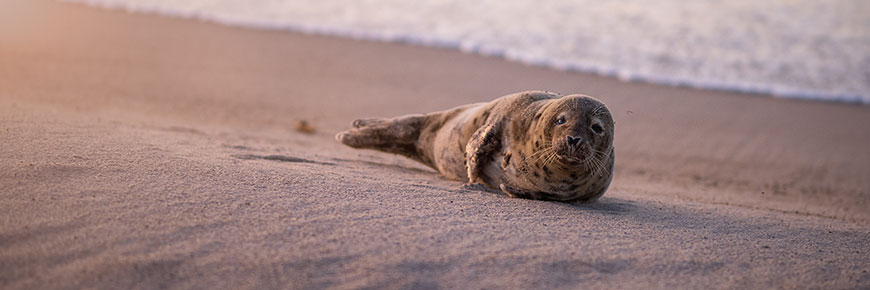
Sable Island is home to the world’s largest breeding colony of grey seals, which pup between late December and early February. The population has experienced significant growth in recent decades, but the rate of growth has slowed more recently.Footnote 2
During the breeding season, grey seals occupy the beaches and both vegetated and non-vegetated inland habitats throughout the island. For the remainder of the year, grey seals generally haul out on the beaches in groups of dozens to thousands of individuals, with a particularly large number on the island during the annual moult in May and June. There is also a small resident population of harbour seals which pup from mid-May to mid-June. This population has decreased in recent years, with shark predation and competition from grey seals suggested as reasons for the decline.Footnote 3
Other visitors include ringed, harp and hooded seals; however they do not breed on the island.
Migratory birds
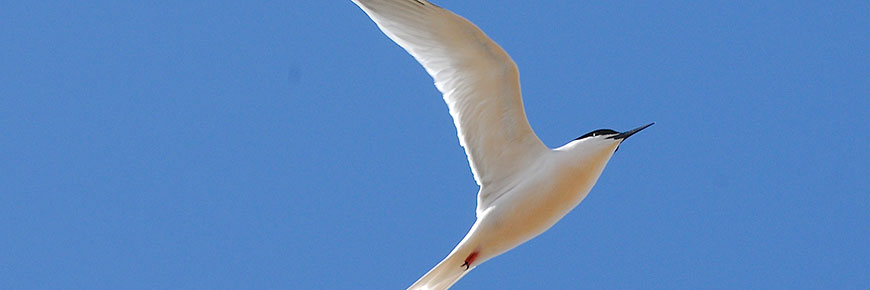
Sable Island is part of a key migratory flyway, with numerous bird species (over 350) recorded. These include species similar to those found on the mainland, but also a high number of vagrants that are far from their normal habitats. Sixteen bird species have been confirmed to breed on the island during the spring and summer months.
Ipswich Sparrow and Roseate Tern
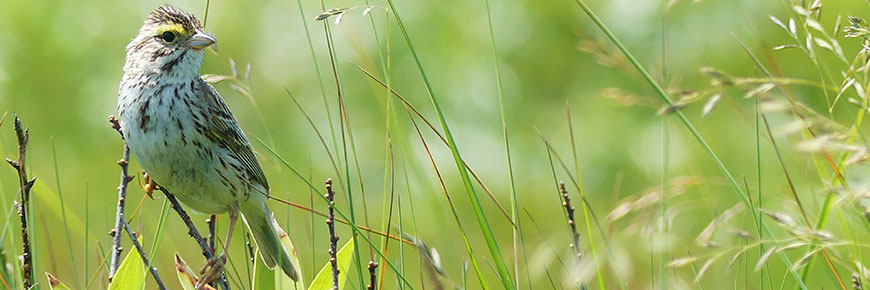
The best-known bird associated with the island is the Ipswich Sparrow, a subspecies of the Savannah Sparrow, which breeds only on Sable Island. The island also has a significant gull population that can be found there year-round.
Both the Ipswich Sparrow and Roseate Tern are classified as Special Concern and Endangered, respectively, under the Species at Risk Act. Critical habitat for Roseate Terns has been identified in several locations and must be protected from disturbance during the breeding season.
Invertebrates
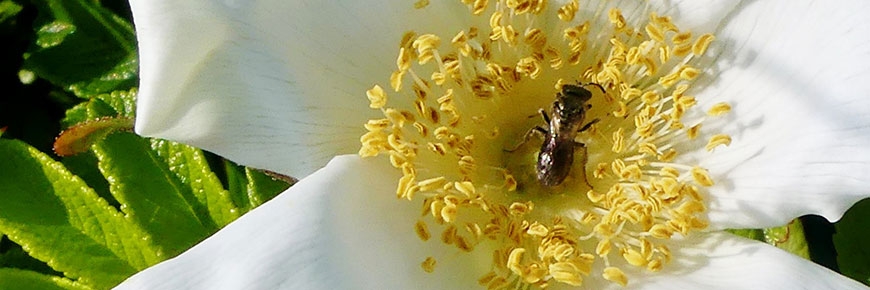
Sable is home to at least six invertebrate species found only on the island; in particular, there are several species of butterflies and moths that may be sufficiently different from mainland populations that they could be classified as subspecies.Footnote 4
Noteworthy among the stray species which have been sighted on Sable are two tropical species of moth/butterfly, recorded for the first time in Nova Scotia.
Fish
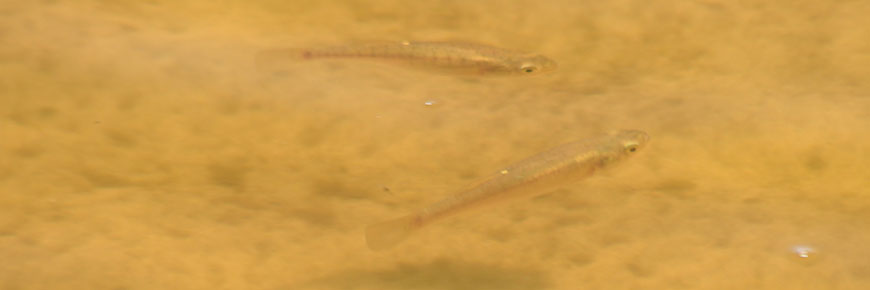
The freshwater ponds on the island (primarily in the area between Main Station and BIO House) support a number of fish species, including mummichogs, sticklebacks and American eel.
Atlantic Walrus

The island was once home to a breeding population of the Atlantic Walrus (listed as Extirpated under the Species at Risk Act). They were hunted heavily for their ivory and were last seen on the island in the late 1800s.
Today evidence of walrus on the island can be found when shifting sands reveal remaining walrus tusks, having been buried for possibly hundreds of years.
Related links
- Date modified :
